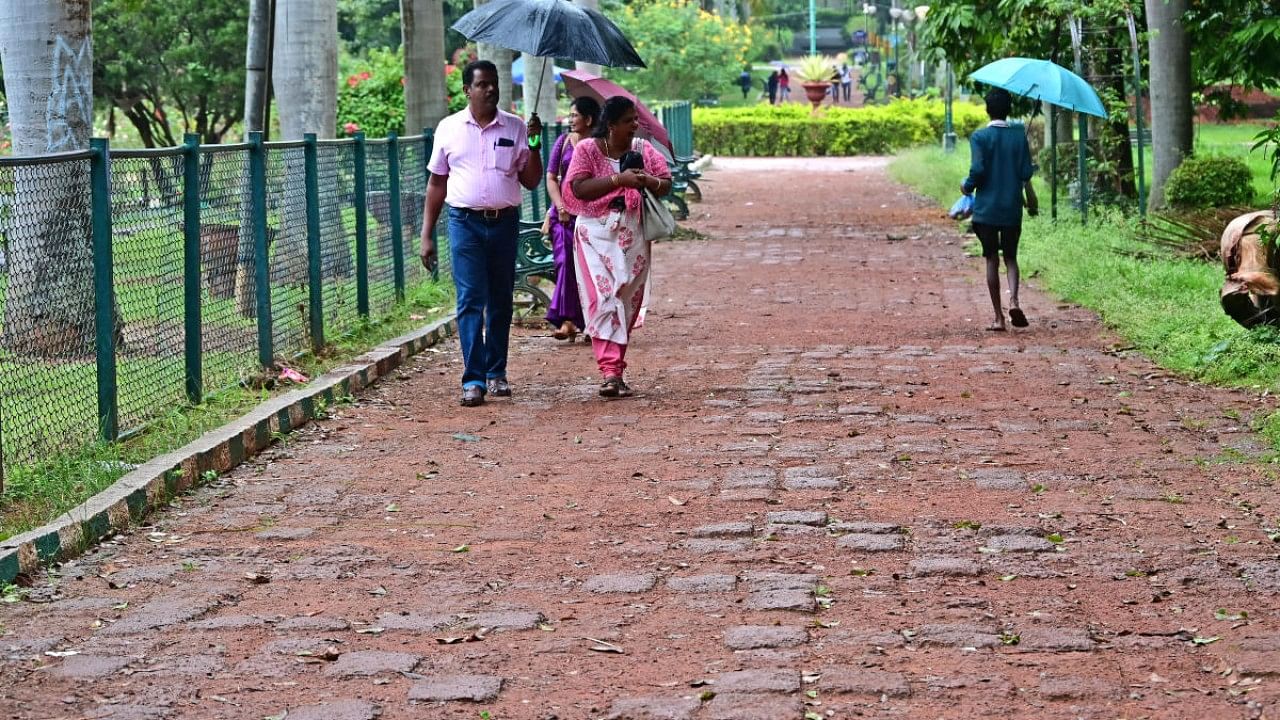
Lalbagh needs more greenery. There should be much more shrubbery and tree cover, with ground cover. The garden has enough walkways. More benches could be provided.
It sees so much footfall these days after the Covid lockdowns, especially on the weekends. It is sad to see people going out as ignorant about greenery and biodiversity as when they were when they came in. Being a botanical garden, this should be an educational hub, with people learning about the trees, plants and biodiversity. This should be a place where a school student could come and learn about all these.
The bird life of Lalbagh has seen a drop in population over the last three decades by 80-90%. Migratory Garganey ducks would come in hundreds and the peak number would be 1,600 birds, but today, they are totally absent. Over a hundred Coppersmith Barbets would be here during the peak season, while now we only see a couple of birds. During British rule, the garden had over 3,200 documented species of plants. But how many do we have today?
Lalbagh as an enclosed green space within the city and needs to be an urban forest, with a myriad of life forms finding a home here. It needs proper long-term management orientation, plot by plot. We can no longer make weeding and cutting the most significant management operation. There needs to be active propagation, replanting, fertilising and controlled plant protection there. We need proper documentation of past management, as well as a management plan for the future, with the priorities for each plot planned and written. Management activities should not depend on the whims and fancies of the officials and the committees there.
Lalbagh cannot be and should not be visualised as a mere Victorian-era zoo for plants. It needs to be an urban biodiversity refuge with experiential and educational roles. We require rethinking beyond waddling paths and brush-cut parklands. We desperately require a new vision for Labagh.
Krishna M B, an ecologist and ornithologist who has been studying the avifauna of Lalbagh since the 1970s
Like they have installed in Nehru Park in Delhi, water-resistant dust-resistant synthetic walking tracks are needed. Otherwise, dust and other things cause allergies to walkers who visit Lalbagh to walk for health benefits. Hawkers sell over-priced items, and people throw around the food packaging. An organised system for this would solve the problem. There is a stay on the two-acre parking lot on the east side, which was built spending Rs 2 crores. If the stay is vacated and this is reopened, cars won't be parked on roads and congestion can be avoided.
Babu, Ex-president, Hopcoms
Lalbagh has all types of plant and insect varieties and is very useful for botany students. The department has put up boards identifying the species of plants, in collaboration with regular birders. Second Sunday birding outings organised by the city's bird enthusiasts are free for visitors, and Horticulture Department is supporting it.
Anupama, Student (MSc Zoology), bird-watcher
People play shuttlecock and badminton inside the park. Some people hang from branches of trees in the name of exercise. Visitors should be scanned at the entrance, educated about the botanical garden and bats and balls should be seized. Lalbagh is a botanical garden and it should remain so. All issues in Lalbagh are caused because of people, but there are not enough open spaces for people to go. So they should be allowed but the movement should be restricted. The beautification of the botanical garden is detrimental to the existence of nature.
U Harish Kumar, Nature enthusiast